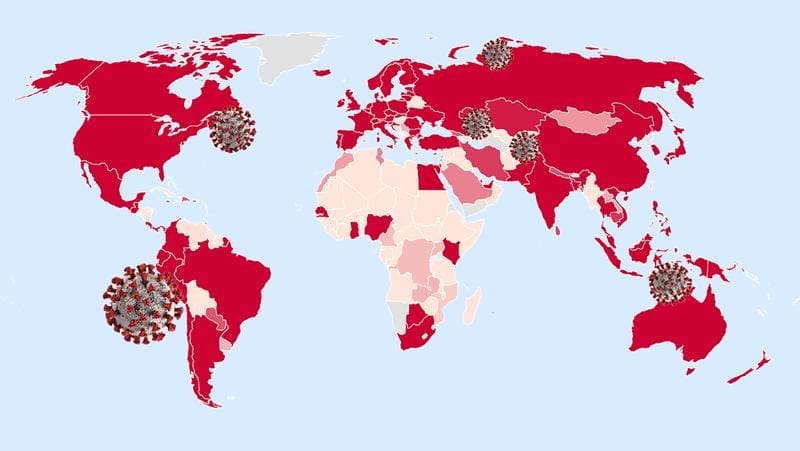CoVerage: Early detection of high-risk SARS-CoV-2 variants
The CoVerage online tool enables the identification and characterization of SARS-CoV-2 variants of concern (VOCs) up to three months before their official classification by the World Health Organization (WHO). Since the beginning of the pandemic, several virus variants have evolved that can cause significant burden to healthcare systems due to their increased transmissibility, potential to alter disease severity or ability to evade immunity through vaccination or infection. Led by Alice McHardy, an analysis published in Nature Communications showed that CoVerage rapidly and accurately detects potential variants of interest (pVOIs).

The platform uses a newly developed analytical method based on a matrix that analyzes changes in the spike protein of SARS-CoV-2 based on the development of influenza viruses (influenza A H3N2). This protein is crucial for the attachment of the virus to human cells and a key target for vaccines. CoVerage accesses the GISAID database, which includes over 16.5 million SARS-CoV-2 sequences, and analyzes genomic data by country of origin to identify strain dynamics and antigenic changes. Statistical methods are used to identify virus strains with significant immunity evasion and visualized in heat maps that clearly show changes.
Tests with known VOCs, such as the Omicron variant, showed that CoVerage reliably detects these variants up to three months before their WHO classification. The method clearly distinguished between Variants Under Monitoring (VUMs), Variants of Interest (VOIs) and VOCs of Very High Concern (SVHCs). These results underline CoVerage’s ability to predict health-relevant variants at an early stage, providing valuable time for vaccine adjustments or protective measures for vulnerable groups.
Original Paper:
Norwood K, Deng ZL, Reimering S, Robertson G, Foroughmand-Araabi MH, Goliaei S, HûÑlzer M, Klawonn F, McHardy AC. In silico genomic surveillance by CoVerage predicts and characterizes SARS-CoV-2 variants of interest. Nat Commun. 2025 Jul 8;16(1):6281. doi: 10.1038/s41467-025-60231-4. PMID: 40628697; PMCID: PMC12238648.
Read also:
SARS-CoV-2: Cell phone and genome data allow targeted tracing of infection pathways – MedLabPortal
Editorial office: X-Press Journalistenbû¥ro GbR
Gender note. The personal designations used in this text always refer equally to female, male and diverse persons. Double/triple references and gendered designations are avoided for the sake of better readability ected.




